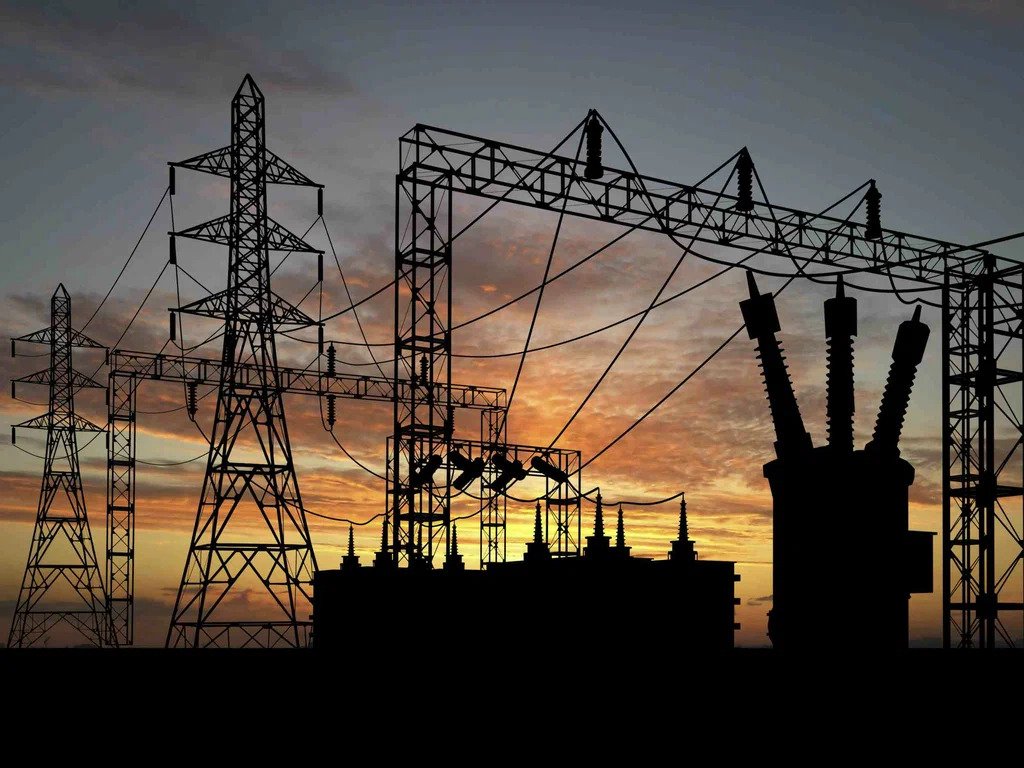Energy bills have a way of sneaking up on you. One month they look fine. Next, they’re through the roof. If you’ve been sighing at your electricity bill lately, you’re not alone. For most households, power costs eat up a big chunk of the monthly budget.
But here’s the good news. You can often bring that number down. And it’s not just about using less power. Picking the right plan matters just as much. The trick is knowing how to compare energy plans without getting lost in all the jargon. Once you know what to look for, saving money becomes much easier.
Start With Your Own Usage
Before you compare electricit, you need a clear picture of what you’re working with. Pull up your bills from last year. Look for patterns. Do you use way more in summer with the AC running? Or is winter your expensive season?
The number to pay attention to is your kWh usage. That’s your monthly consumption. It’s the baseline you’ll use when comparing plans. Some providers even have online tools that show your daily usage. If you can get that data, even better.
Know the Main Plan Types
Not all plans work the same way. Understanding the options makes it easier to match them to your habits. A fixed-rate plan locks in the price per kWh. It’s stable. No sudden spikes. But you miss out if prices drop. Variable-rate plans change with the market. Great when rates are low. Not so great when demand skyrockets. Time-of-use plans charge more during peak hours and less during off-peak. Perfect if you can shift heavy usage to cheaper times.
Then there are green energy plans. They use renewable sources like solar or wind. Sometimes they cost more. But they come with environmental perks. Knowing this stuff is step one before you compare energy plans seriously.
Look Past the Advertised Rate
That low number on the ad? It’s not the whole story. Some providers tack on extra charges. Paper billing fees. Minimum usage fees. Early cancellation fees.
Read the Electricity Facts Label. Every plan has one. It tells you the contract length, all rates, and hidden charges. This is what you actually want to compare. When you compare electricity plans, put these details side by side. You’ll quickly see which deals aren’t so great after all.
Use Your Real Numbers When Comparing
Here’s a common mistake: choosing a plan based on the cheapest advertised kWh rate. The problem? That rate might only apply if you use a specific amount of power.
Instead, plug your own kWh usage into the comparison tool. That way, you’ll see your actual monthly cost. This is the only way to compare energy plans accurately.
Think About Service and Reliability
Cheapest isn’t always best. You want a provider you can count on. Bad billing practices, confusing statements, or lousy customer service can make any “great deal” painful.
Check online reviews before you electricity plans too closely. If a company has a history of headaches, it’s not worth the small savings.
Check for Bundles or Perks
Some companies throw in extras. Maybe you get a discount for bundling electricity with gas or the internet. Others offer loyalty rewards like bill credits or free energy-efficient gadgets.
These aren’t deal-breakers, but they’re worth noting when you compare energy plans. A small bonus could tip the scales between two otherwise similar plans.
Cut Your Usage to Boost Your Savings
Switching plans can help. But using less power can double your savings. Start simple. Switch to LEDs. Seal up drafts. Use smart plugs to cut off phantom power from electronics.
On a time-of-use plan? Run your dishwasher late at night. Do laundry early in the morning. These small changes add up.
Look for Incentives and Rebates
Rebates can make upgrades much more affordable. You might get money back for buying energy-efficient appliances or adding insulation. Some providers even give credits for cutting usage during high-demand times.
When you compare electricity plans, see if the provider offers these programs. Sometimes the extras outweigh a slightly higher rate.
Review Your Plan Often
Energy markets change. Your life changes too. A plan that worked last year might not be the best now. Check your plan at least once a year. Especially before your contract ends. If you don’t renew or switch, you might get dumped onto a higher variable rate. That’s the perfect time to compare energy plans again.
Use Trusted Comparison Tools
If you live somewhere with a deregulated market, you’ve got options. Online comparison tools let you see multiple providers in one place. They save time and make patterns easier to spot.
Just make sure you’re using a reputable site. Some are owned by energy companies, so they’re not exactly unbiased. Always cross-check with a second source before making your choice.
Final Word
Cutting your monthly bill isn’t about chasing the lowest number in an ad. It’s about matching your usage with the right plan. That means understanding your own consumption, reading the fine print, and avoiding nasty surprises in the contract.
When you use your actual numbers to choose a plan, you’ll know exactly what you’re getting. Add in a few efficiency upgrades, and you’ve got a recipe for serious savings.
It takes a little effort upfront. But once you’ve done the homework, you’ll have a plan that works for you, not against you. And that’s how you keep the lights on, your home comfortable, and your budget under control.







